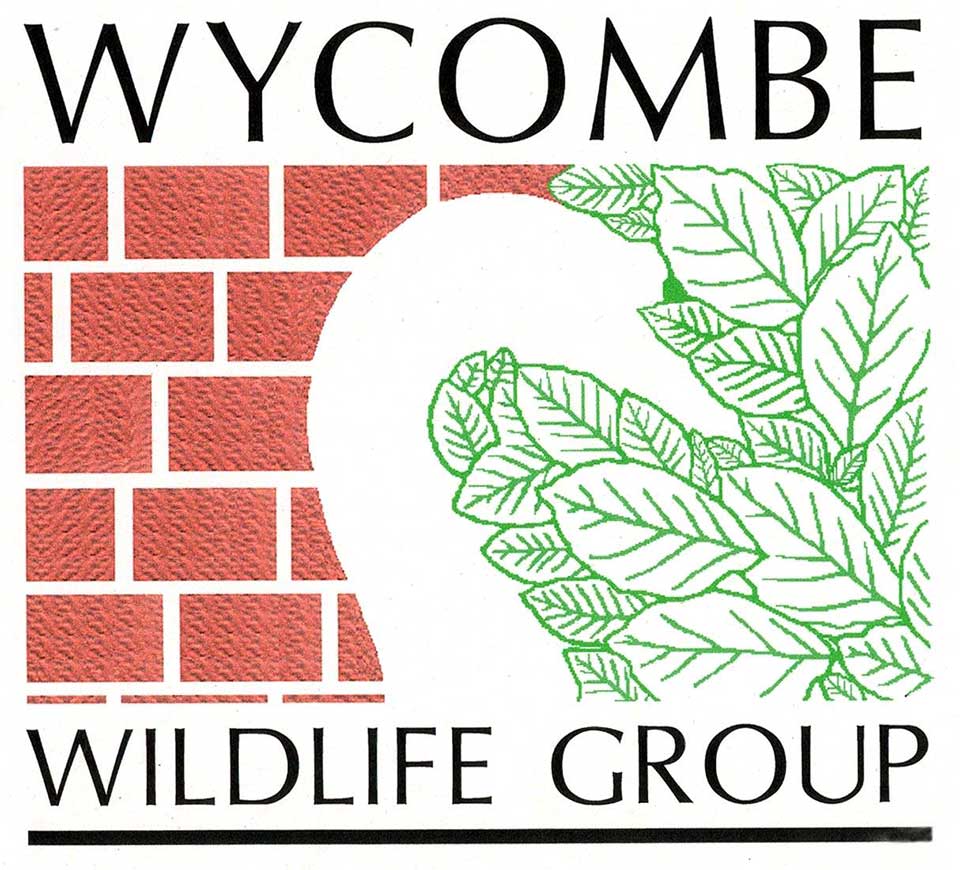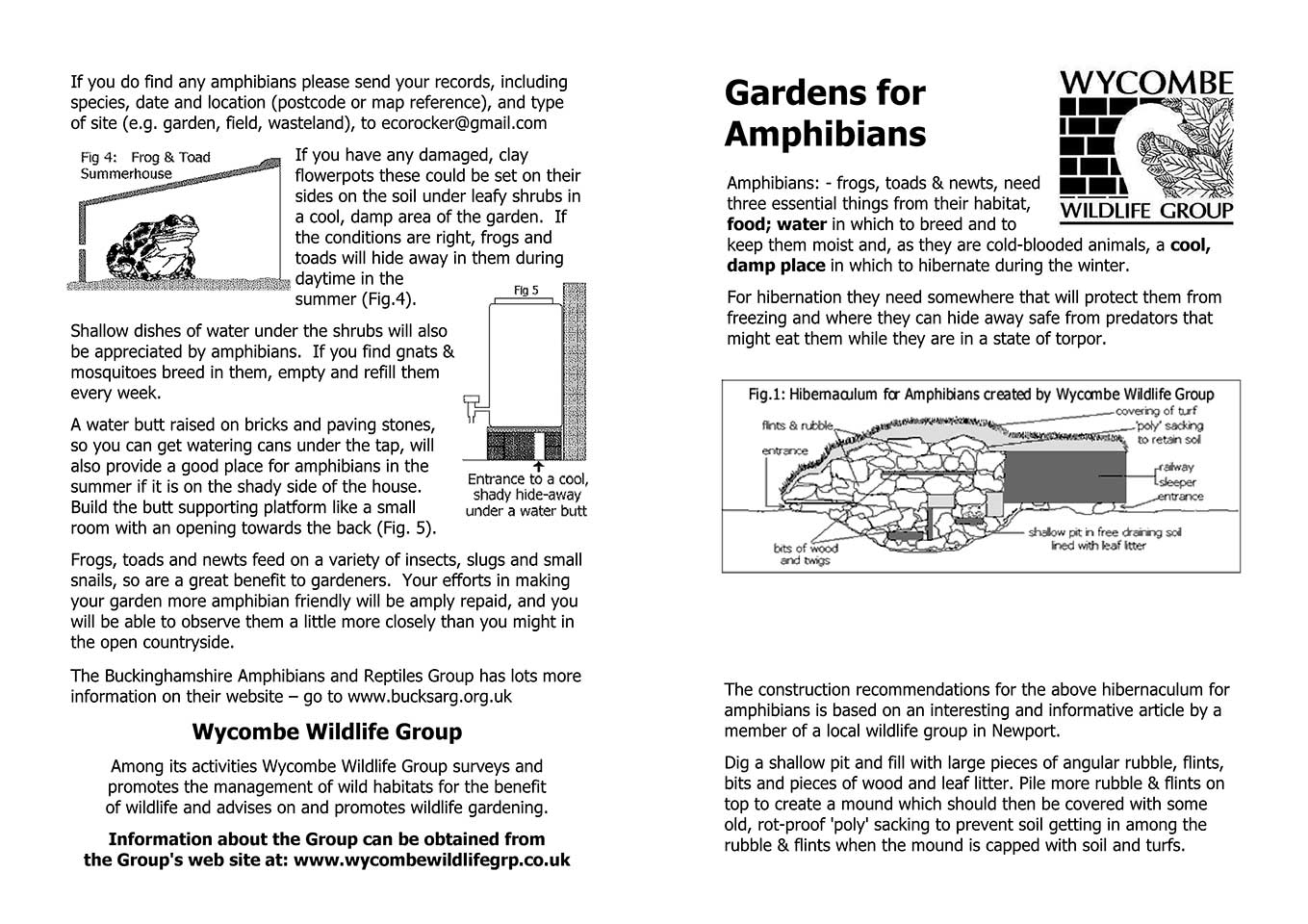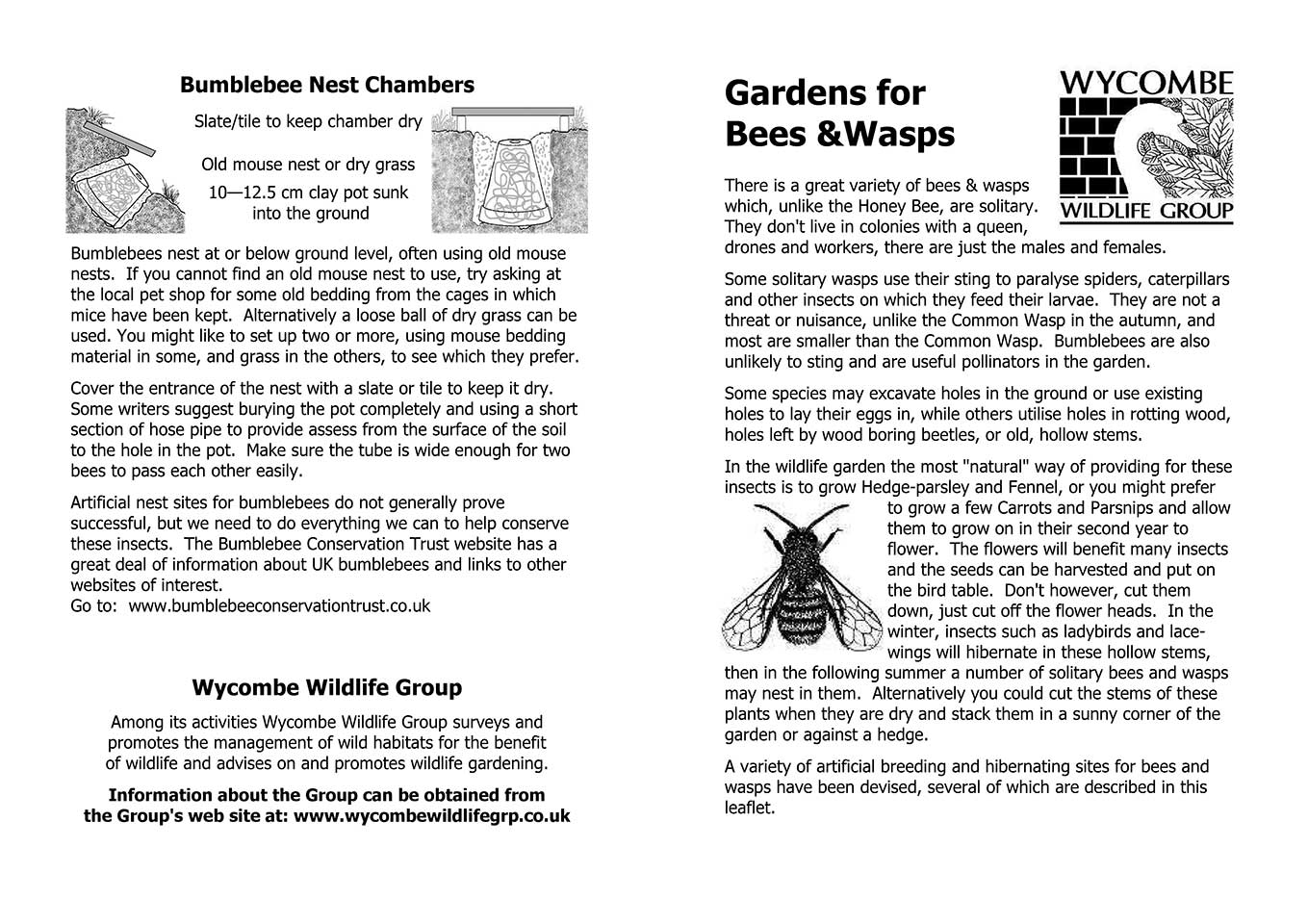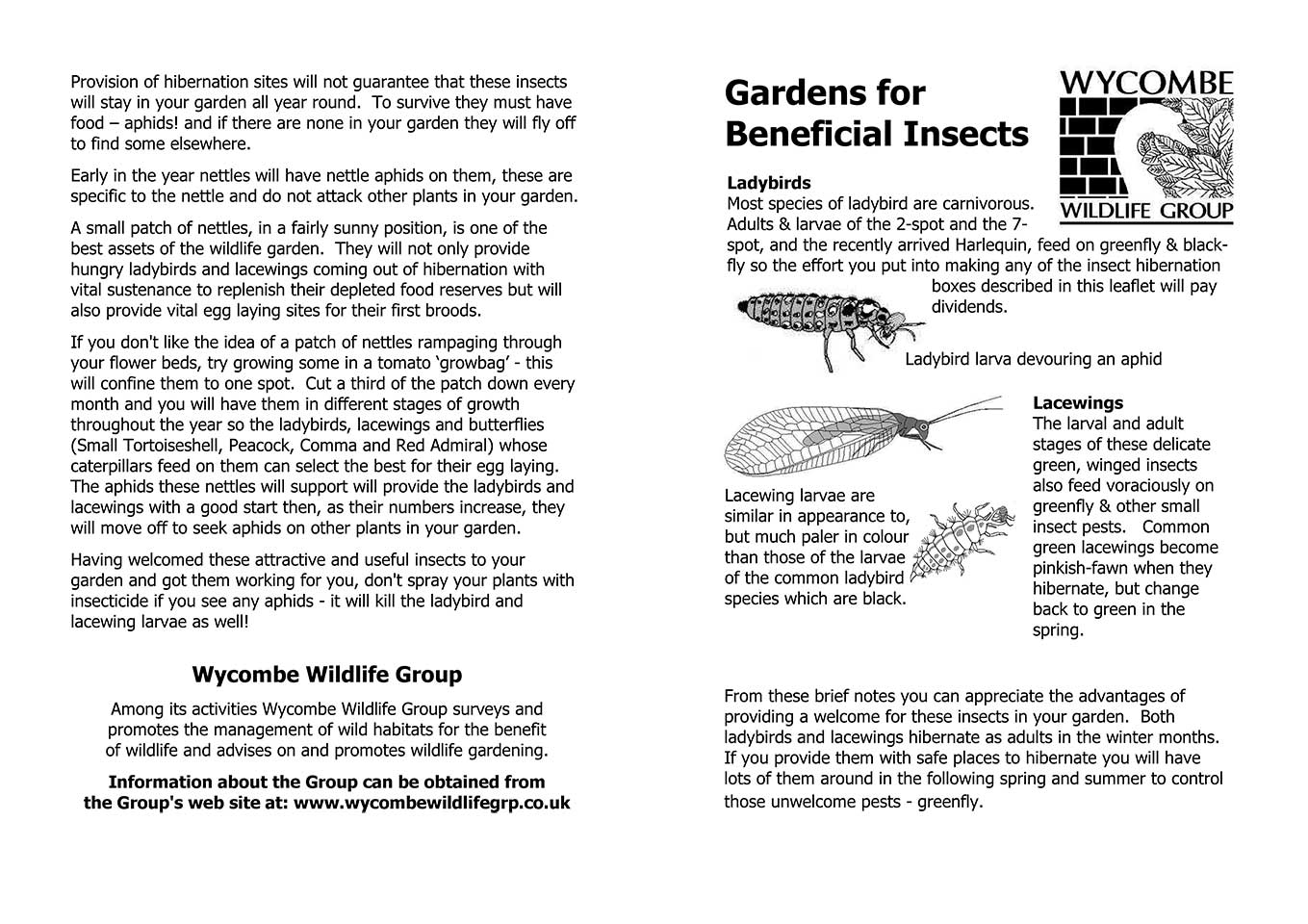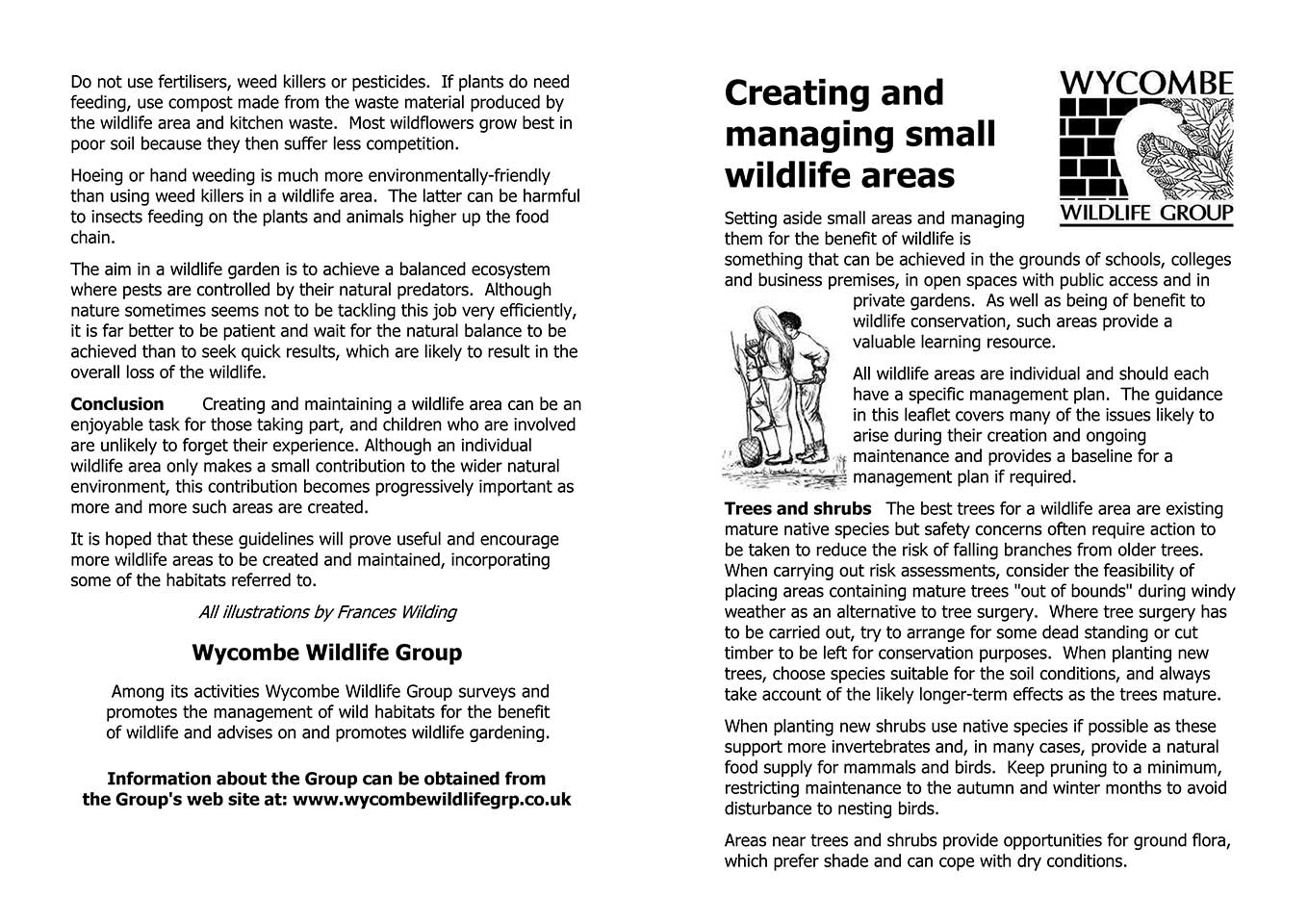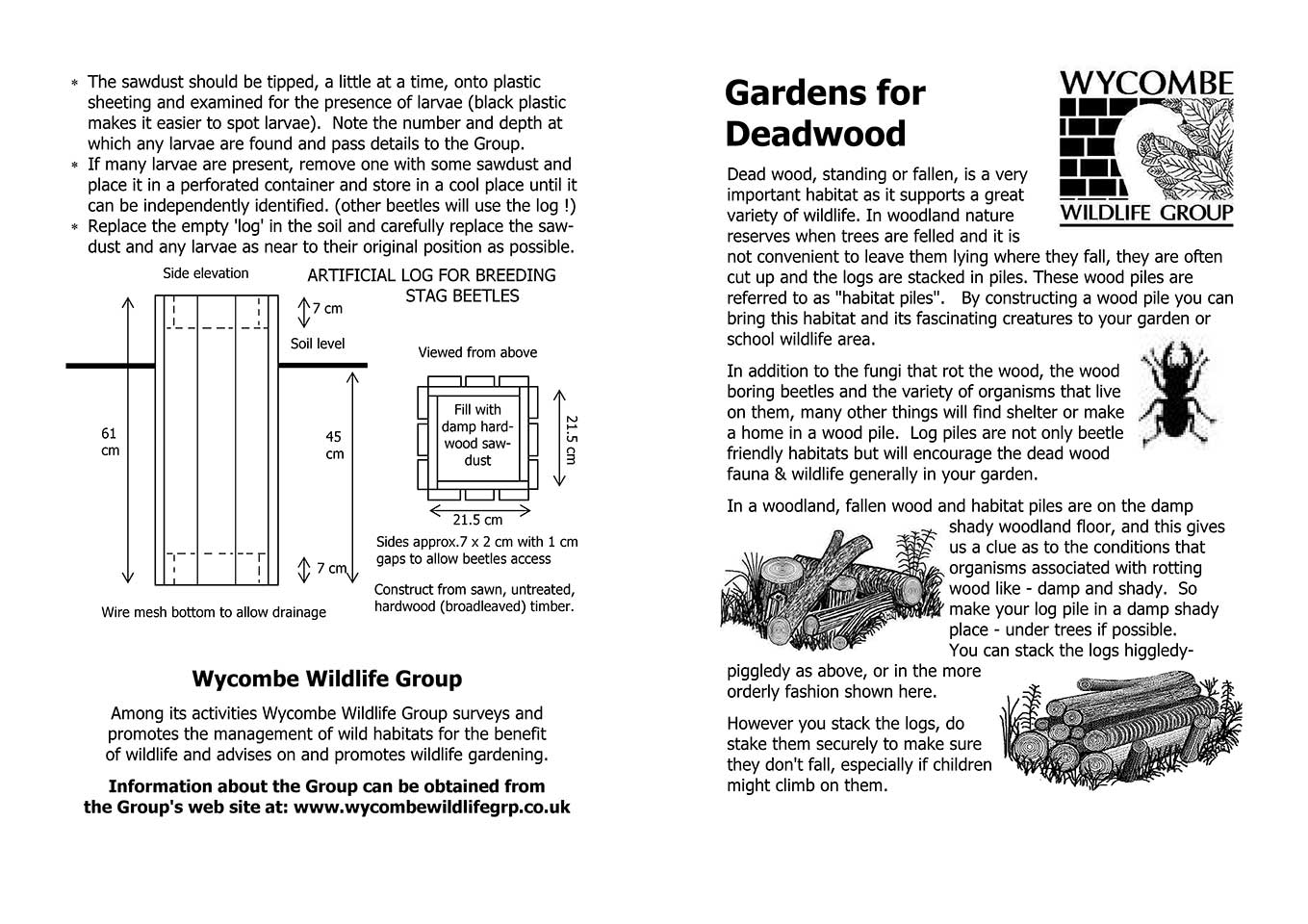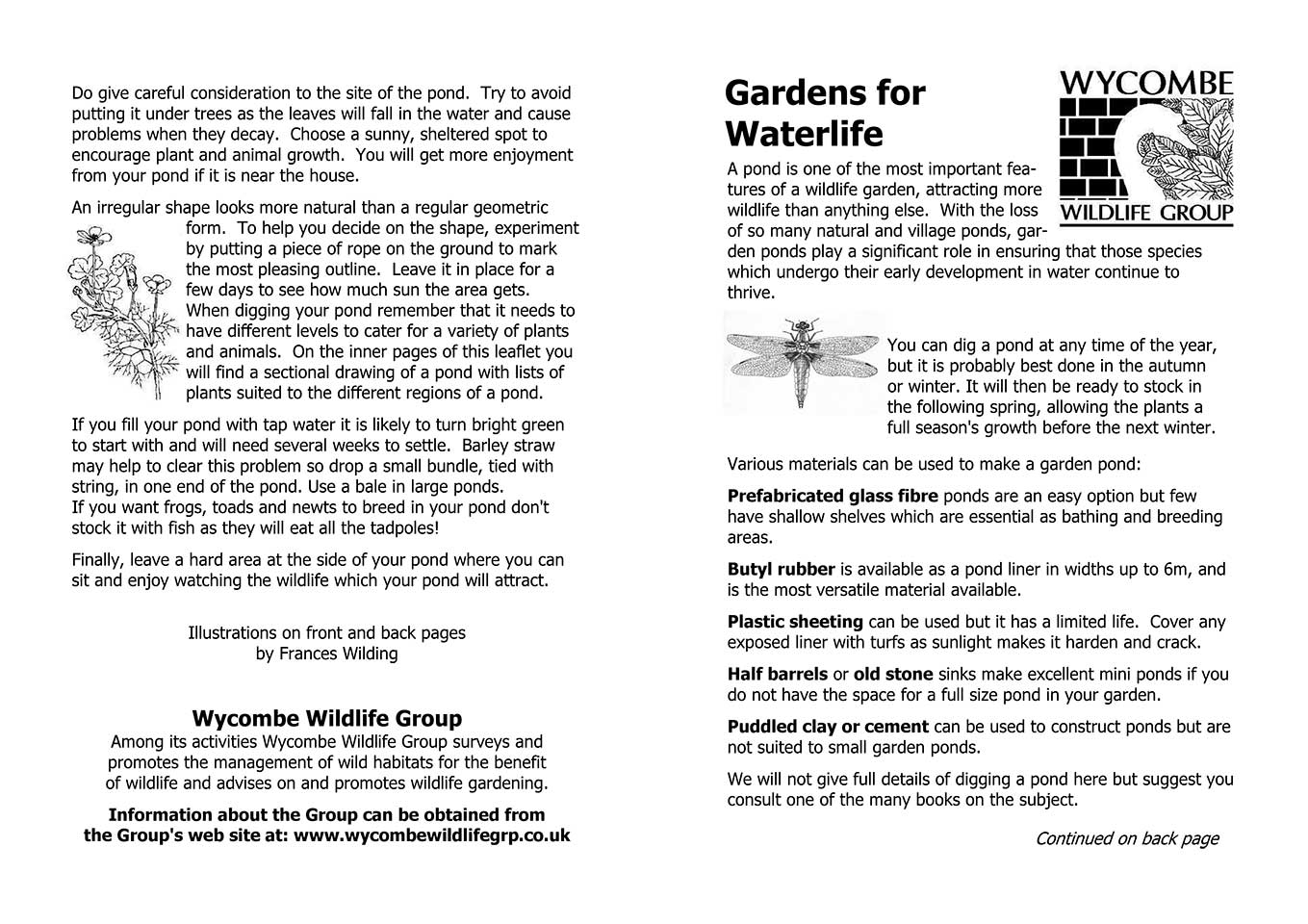Gardens for Amphibians
Amphibians: – frogs, toads & newts, need three essential things from their habitat: food, water in which to breed and to keep them moist and, as they are cold-blooded animals, a cool, damp place in which to hibernate during the winter.
Gardens for Bees & Wasps
There is a great variety of bees & wasps which, unlike the Honey Bee, are solitary. They don’t live in colonies with a queen, drones and workers, there are just the males and females.
Gardens for Beneficial Insects
From these brief notes you can appreciate the advantages of providing a welcome for these insects in your garden. Both ladybirds and lacewings hibernate as adults in the winter months. If you provide them with safe places to hibernate you will have lots of them around in the following spring and summer to control those unwelcome pests – greenfly.
Gardens for Birds
Trees and hedgerows are important habitats for birds, and many rely on gardens for nesting places and a source of natural foods. Every garden, however small, can help to provide these habitats and so improve birds’ chances of survival.
